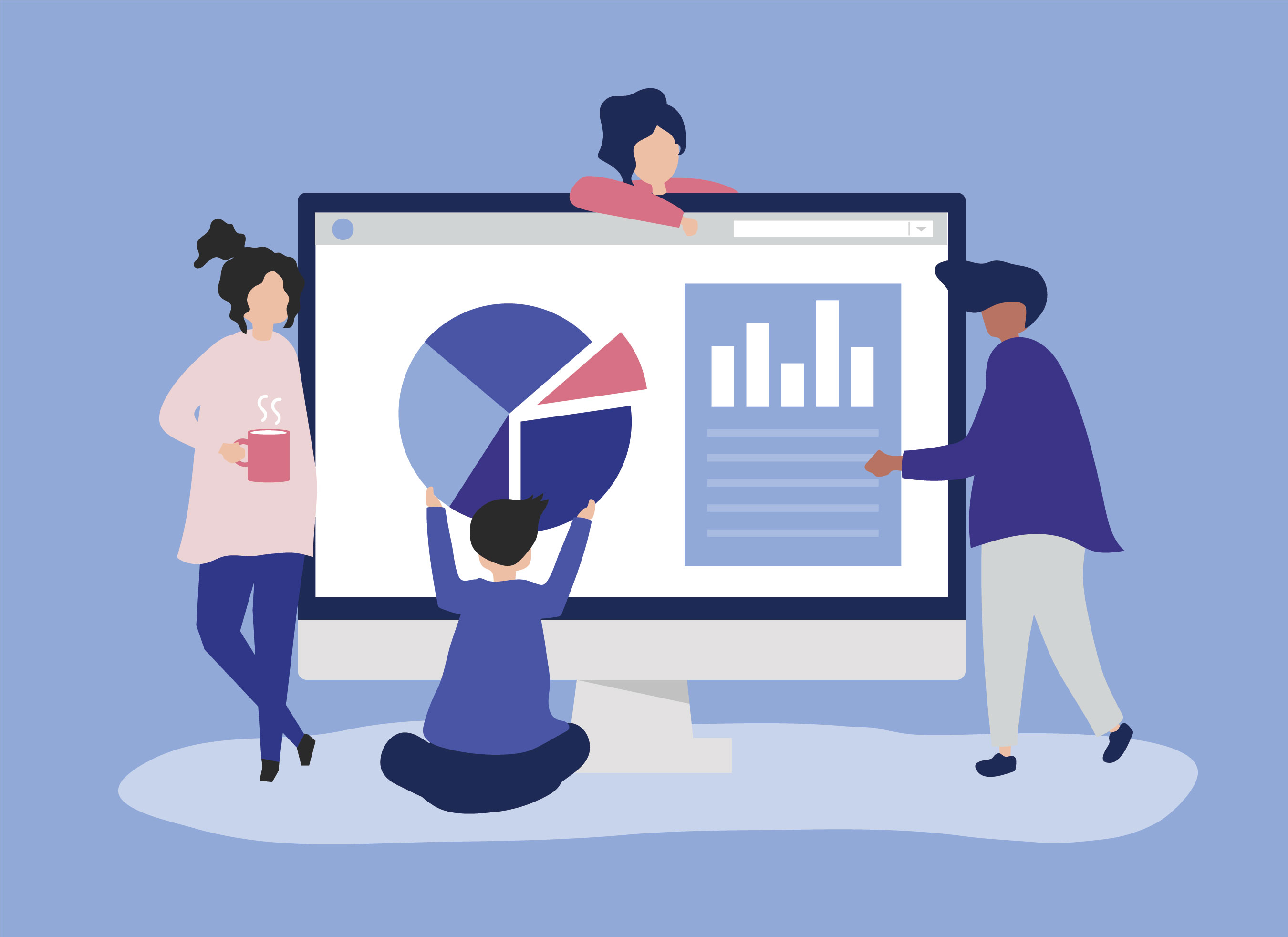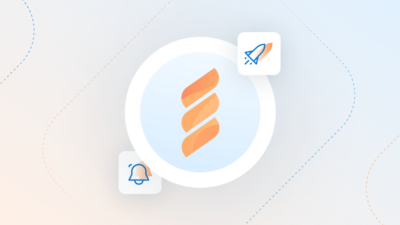When companies look at strategies to scale their business there’s almost always a prevalent focus on customer acquisition. Businesses are always on the lookout for ways to expand their user base, attract new customers, and generate new leads. The common trend among all these tactics is a huge focus on the new, so much so that your existing customer base can quickly become an afterthought.
It’s not to say that this approach is incorrect or bad. It never hurts to attract new customers since they really are key to the success of your business. But what companies should not neglect is the importance of building long-term relationships. Today’s shoppers are shifting away from one-time purchases in favor of becoming long-term customers. As interest in subscription services continues to rise, maximizing customer lifetime value becomes even more important than ever before.
Keep reading to learn why your SaaS company should keep a close eye on your churn rate and see why focusing on customer retention is a viable strategy for long-term success.
What is customer churn?
Customer churn happens when customers discontinue their relationship with your company. This can happen in one of two ways, through intentional or unintentional churn.
Intentional churn is exactly what it sounds like. Customers may choose to opt out of a subscription service. Unintentional churn, on the other hand, is more involuntary in nature. A customer’s payment card could expire without their knowledge and cause their subscription service to come to an abrupt end.
Companies will tend to focus more on intentional churn since it’s the most noticeable of the two instances. But if your company is hyper-focused on optimizing your churn rate, you’ll need to address both instances to ensure you’re maximizing your revenue potential.
How to calculate churn rate
Churn rate formula: # of customers lost / total # of customers you started with
Example: Your software company has 300 active subscribers. But at the end of the quarter, you find out that 10 subscribers have decided to end their subscription. Your churn rate for this quarter is approximately three percent.
(10/300 = 0.333) x 100 → 3%
This is the simplest churn rate formula out there and with just two variables you can quickly calculate the churn rate for any given period. However, it is important to note that this formula isn’t as applicable during periods of significant growth. Acquiring a large amount of customer within a relatively short time period will inflate your total customer base and cause your churn rate to look like it’s declining. This may be misleading because you could be losing more customers during this period, but not be aware of this since it is being overshadowed by the uptick in new customers.
Like monthly recurring revenue (MRR), your churn rate is a good indicator of the financial health of your company. Having a clear understanding of how many customers you’re turning over in a given period can shed valuable insights on areas of improvement. For example, you may find that rolling out your new product feature has negatively affected your customer retention rate.
How to reduce customer churn for SaaS
1. Focus on developing a customer-centric culture.
Our VP of Customer Success Marina de la Torre recently spoke about the importance of building a customer-centric culture at this year’s 2019 Pulse Conference. Businesses that operate on a customer-centric culture focus their attention on providing a seamless and positive customer experience throughout the entire customer lifecycle. This involves empathizing with your customers, understanding their pain points, and working to create clear channels of communication.
2. Implement a subscription model.
Any interruption in service is an opportunity for your customers to reevaluate their commitment. With a subscription model, your customers become subscribers of your business, meaning they’re making recurring payments to get access to your software. Switching your customers to a recurring billing model ensures that you can continue to delight your customers with their favorite services without the hassle of having to navigate the checkout process every time a new version goes live.
3. Tap into dunning management tools
One of the best ways to reduce customer churn is to prevent it from happening in the first place. Card payments can expire, get lost, or get canceled. Spotting payment failure before it occurs is one way to proactively stop unintentional churn from occurring. With FastSpring’s dunning management features you can send friendly email reminders to customers alerting them that their payment information is expiring soon and needs to be updated. This way your customers can update their recurring billing information and prevent any interruptions in their subscription service.
Taking a deeper dive into customer churn can provide greater clairvoyance into your company’s wellbeing. While your churn rate can provide a lot of valuable insights, it is important to remember that this is still a top line-metric and that it may not reveal the entire story. Your business must go beyond the numbers and focus more heavily on how improving customer retention can drastically improve your business.
![[Customer Story] Why TestDome Considers FastSpring a Real Partner](https://fastspring.com/wp-content/themes/fastspring-bamboo/images/promotional/2023/FastSpring-TestDome-blog-thumbnail.jpg)








